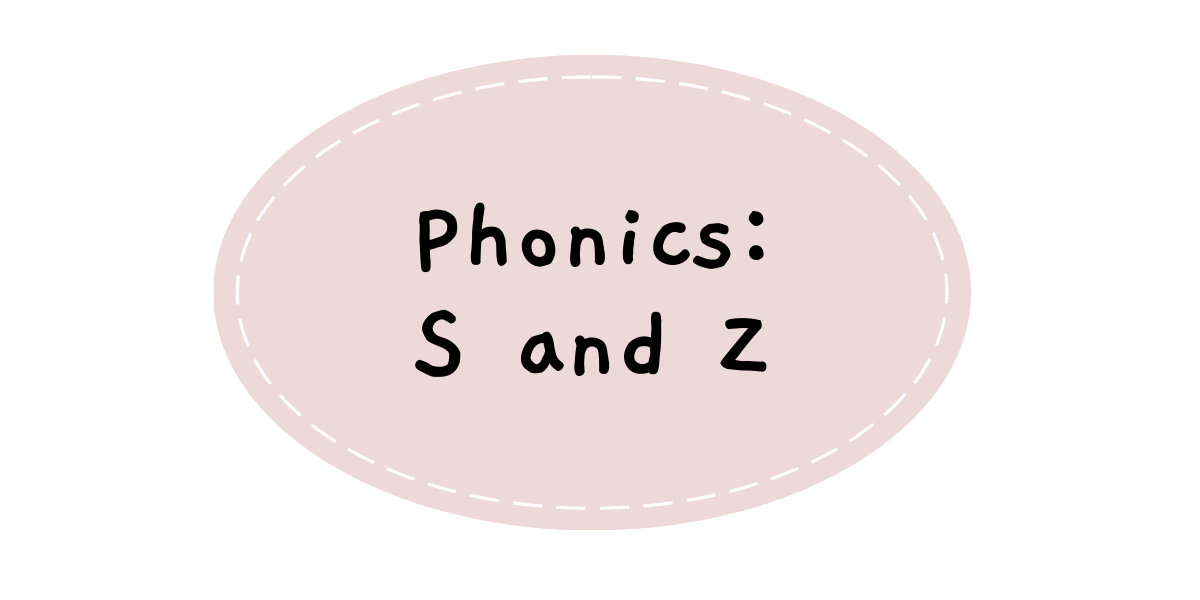Vowels and Consonants: S and Z
Vowels and Consonants: S and Z
The “S” and “Z” sounds require a lot of practice because they’re used a lot in plural words. The /s/ and /z/ sounds are also defined as alveolar consonants (like /d/ and /t/). Due to this, your mouth position will be very similar to /d/ and /t/, putting the tip of your tongue on the hard ridge behind your upper teeth. Unlike /d/ and /t/, /s/ and /z/ are not stop consonants. The airflow is not completely blocked when you make the sound; instead, /s/ and /z/ are what are called Fricative Consonants.
If you would like more help with English vowels and consonants, you can take a look at the articles and lessons on our Vowels and Consonants Resources Page.
Fricative Consonants
A Fricative Consonant is a consonant sound that is created by making a narrow passage in your mouth and having air forced through it. This narrow passage can be created using different parts of the mouth. In English we have several fricatives including /s/, /z/, /th/, /h/, /f/, /v/, and /sh/.
How to Pronounce S
“S” is often a fun sound for kids to make as children are taught that /s/ is like the hiss of a snake. Your lips and teeth should be narrowly parted, and your tongue should sit just touching the hard ridge behind your upper teeth. You’ve done it right if, when you blow out, you hear a “sss” sound as the air escapes through the small gap between your tongue and your teeth.
Teacher’s Tip: Many ESL students struggle to add the /s/ sound to the end of plural nouns or verbs, often because of differences in their native language. Starting this habit early in this phonics lesson is super important so that this is not a bad habit they have to undo later on in life.
The IPA symbol for /s/ is s.
Common words with /s/:
- Snake
- Sun
- Star
- Has
- Sit
How to Pronounce Z
The letter “Z” is a voiced version of the /s/ sound. Adopt the same mouth position, but instead of just letting the air hiss through your teeth, you need to add a vocal cord vibration that adds a buzzing sound to it. The difference between /s/ and /z/ is a key part of English pronunciation due to the use of these sounds in making words plural.
Teacher’s Tip: For both the /s/ and /z/sounds, some young learners struggle with making the correct mouth position. Often they will make the /th/ sound. If this is the case with your child, check their tongue. Their tongue should be on the hard ridge behind their upper teeth, but not sticking out between their teeth.
The IPA symbol for /z/ is z.
Common letters with /z/:
- Zoo
- Zero
- Zebra
Other Vowel and Consonant Lessons That You Might Like
How to Teach Your Child Vowels and Consonants
- Print out our flashcards or make your own. You want to make sure the flashcard has the letter on one side and a picture on the other for your child to associate with the sound.
- Teach the name of the letter and the sound that that letter makes to your child. If you do not feel confident in making the sound correctly yourself, you can use the videos we have provided in our Member’s Section.
- Teach your child the word that is associated with this letter ( A is for apple, /a/ /a/ apple). If possible, have them draw the word it is associated with.
- If your child is old enough, teach them how to write the letter (both the small and big version). Make sure to emphasize the name and the sound that the letter makes while your child is writing.
- Verify with a teacher or native English speaker that your child is making the sound correctly
After Your Child Has Learned This Sound
Once you know your child is making the sounds correctly, you should look to practice phonics as much as possible. Basic phonics are incredibly important, and getting this right now will help your child in the future. Remember that the more one-on-one practice time you can give your children, the better they will be in their English pronunciation. It also does not need to be textbooks and flashcards memorization, here is a list of fun activities you can do to practice with your children. No one knows your child better than you, make English time more fun by pairing it with activities they like to do. Anything from coloring, reading, or more active games will be helpful if they are practicing and thinking about the sounds and letters.
Practicing should continue for a while, but when you want to teach something new, you can begin to look at a different phonics lesson. Links for all of these can be found above. As well, you can check their progress on their English pronunciation with some of our assessment quizzes in our Member’s Section.
I Have More Questions
If you have any more questions about this phonics lesson, practicing these sounds, or where to go from here, we have a couple of resources for you here at The Learner’s Nook.
- Here is a glossary of terms we use in these guides which may help clear up some confusion.
- Here is a diagram of a mouth with labels if you do not understand which part of the mouth should be moving.
- Here you can see a general overview of how to teach phonics to your ESL children which may be what you are looking for.
